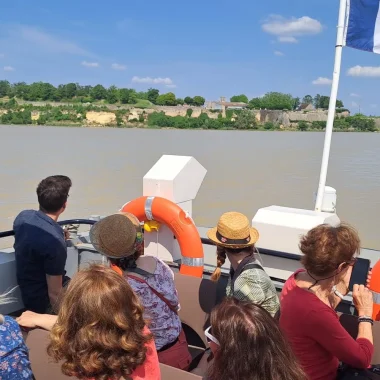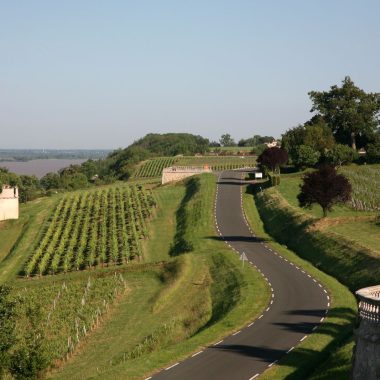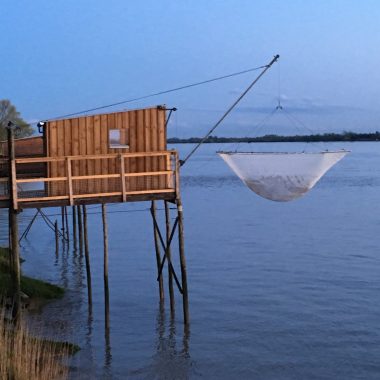Have you noticed the islands in the estuary? There are around ten of them in the Gironde which appear and disappear over the centuries. Refuges for humans for years, these islands are today true paradises for local fauna and flora.
Where do the estuary islands come from?
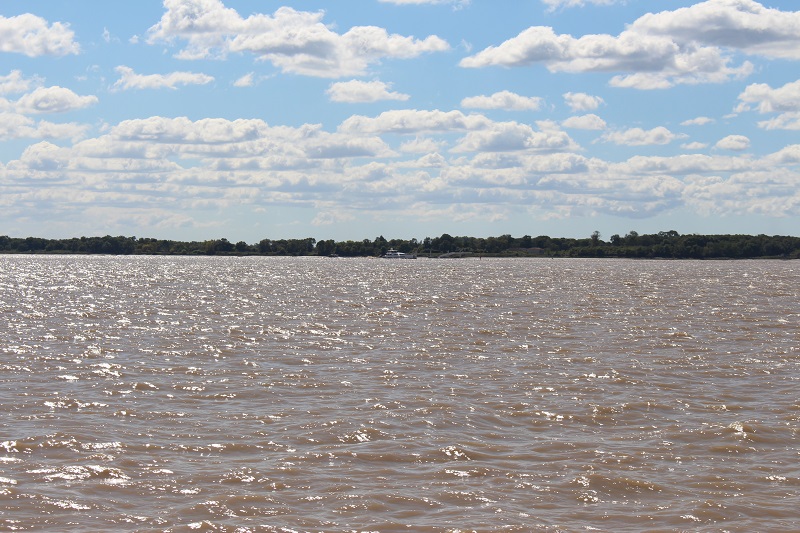
Estuarine landscapes are constantly changing! It’s thanks to its “golden” water that shines in the sun! This is what we call estuary mud cream. Indeed, in contact with salt water brought back by the tides, the alluvium of the Dordogne and the Garonne flocculate then flow and then collect at the bottom of the water.
All of these small alluviums eventually emerge from the water to form a sandbank. They are called “vasards”, when the first vegetation is visible, and “islands” when they are reinforced or dammed by men.
Of men and islands
Men lived on the islands of the estuary in order to recover cultivable space! The damming of these islands offered the “ilouts” real strips of land in the middle of the water, thus making it possible to market and then cultivate vines during the phylloxera crisis.
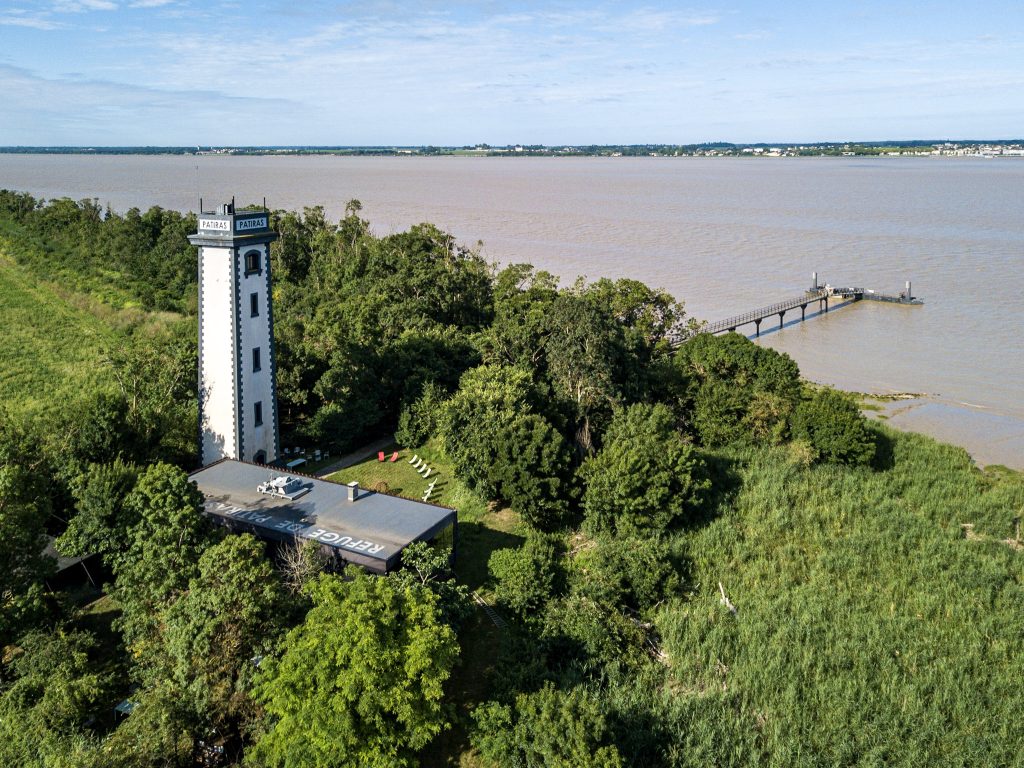
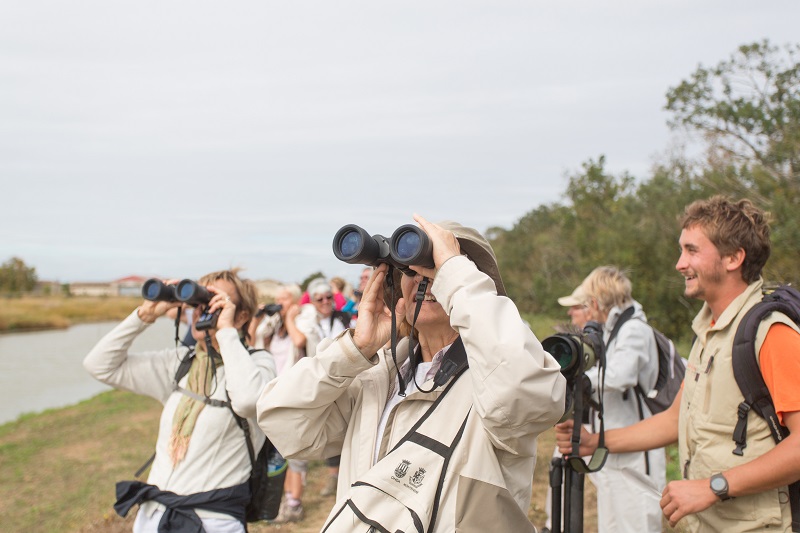
The New Island
Born from the meeting of two islands (Bouchaud and Sans Pain), theNew Island, property of the Conservatoire du Littoral, extends 6 km long in the heart of the Estuary, facing Blaye. Since its appearance at the beginning of the XNUMXth century, its history has been rich in twists and turns: changing then dammed, exploited for wine and agricultural purposes, inhabited and finally abandoned.
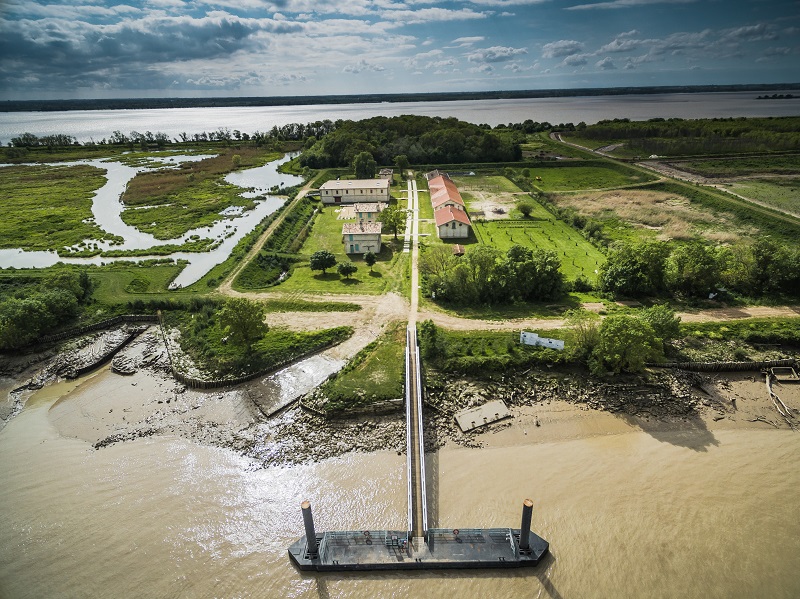
Ile Nouvelle opens to the public with a nature walk thanks to interpretation panels on the wetland and a cultural and historical visit in the middle of the old village. Visit from 10 years old.
Patiras Island
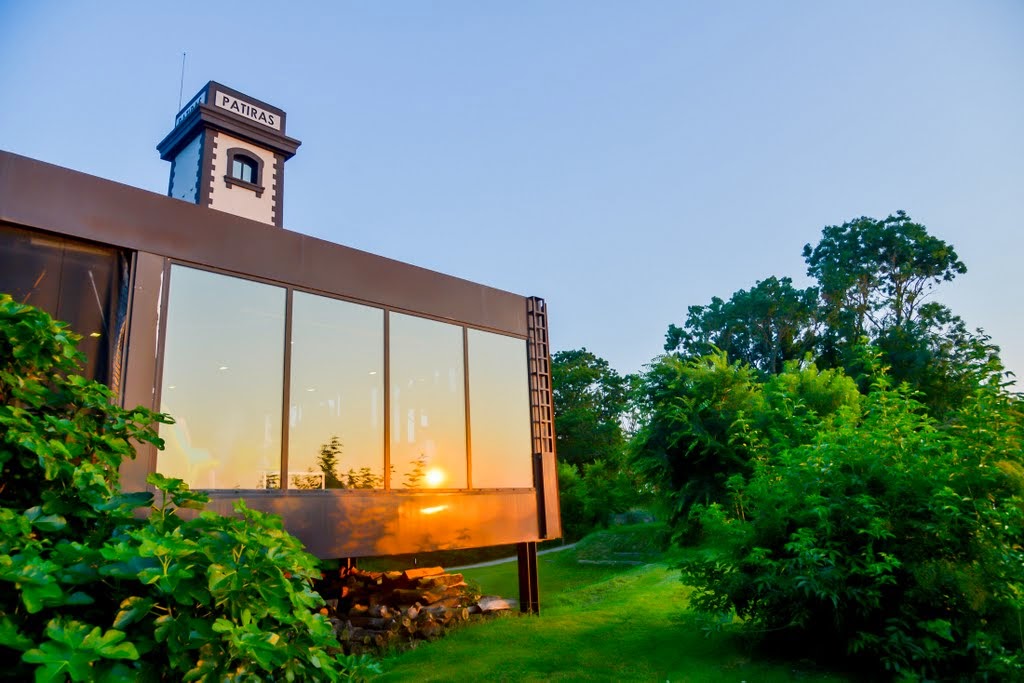
Unlike New Island, Patiras Island is one of the oldest islands in the Gironde Estuary.
4.5 km long and 1.5 km wide, it is the northernmost island in the river. For several years it would have been a den of pirates who attacked boats full of goods going to Bordeaux.
Later it was used as a “health watch” where ships arriving from afar spent their quarantine periods. From the 18th century, the island became a place of cultivation and grazing. In the 19th century, a lighthouse was built there to guide boats to the heart of the Estuary.
Even though the lighthouse has been turned off since 1992, life on the island continues. In 2008, in place of the old lighthouse keeper's house, the “Patiras Refuge” was built. A real sea lodge built on stilts created according to the plans of Bordeaux architects, Virginie Gravière and Olivier Martin. The refuge and the garden are open to the public for a “fingertip” lunch and a visit to the lighthouse.

